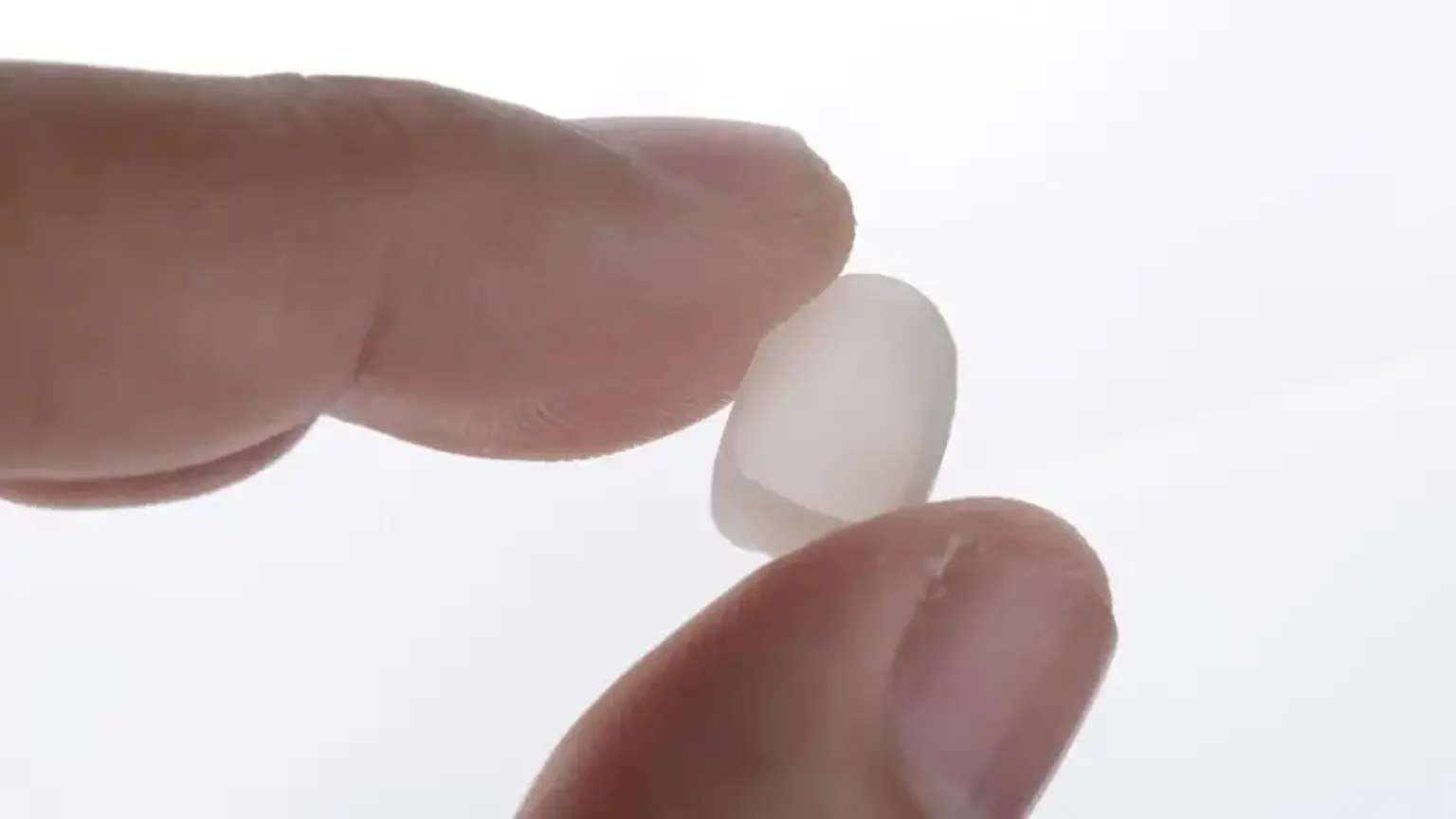Introduction
The Importance of a Beautiful Smile
A radiant smile is often considered one of the most powerful tools for making a positive impression. Whether in personal interactions or professional settings, a confident smile can boost self-esteem and improve social relationships. In today’s world, where aesthetics play a crucial role, dental veneers have emerged as a leading solution for achieving the perfect smile. This is particularly true in Korea, which has become a global hub for advanced cosmetic dentistry.
What Are Natural-Looking Dental Veneers?
Dental veneers are thin, custom-made shells designed to cover the front surface of teeth. They improve appearance by addressing a variety of issues, such as discoloration, misalignment, chips, or gaps. Unlike traditional cosmetic solutions, veneers are tailored to look natural, blending seamlessly with your existing teeth. This makes them an ideal choice for those seeking a smile transformation without compromising authenticity.
Understanding Dental Veneers
The Basics of the Dental Veneers Procedure
The dental veneers procedure is both precise and transformative. It typically begins with a consultation where your dentist assesses your dental structure, discusses your goals, and recommends the best type of veneers for your needs. After this initial evaluation:
